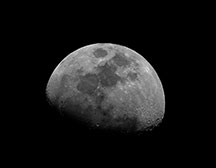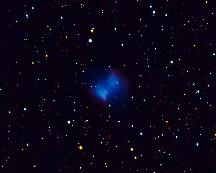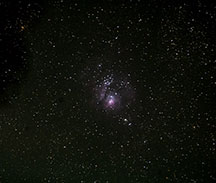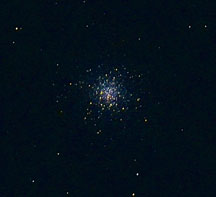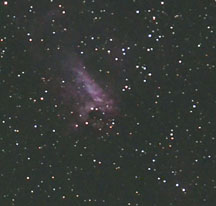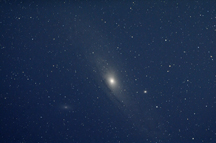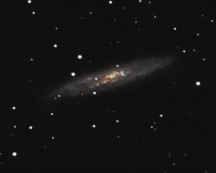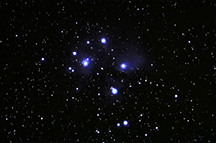Maddy; (no label/techniques provided)
(sized right)
(Ash)
Dumbell Nebula (M27, NGC 6853), Planitary Nebula. Dr Rick Nolthenius, Fall 2022, Sierra Nevada range. Ash Texidor, Registax: Version 5.1.9.2, Stack 5 frames. Paint.net: Version 4.3.12, Sharpen by 20%, Contrast increase by 8%, Saturation at 133%, Curves at B(66,74) B(86, 108) R(93, 111) G(151,247), Noise reduction at radius 10 and strength 0.40, Curves at RB(41, 61) RB(87, 99), Resize, Noise reduction at radius 20 and strength 0.40
(unformatted, sized right, no photo date)
Itzamara Gonzalez
Astro 8A
Fall 2022
The Lagoon Nebula – photographed with the Nikon M7000 through a Williams Optics GT81. Each image was dark frame corrected and colorized. All of them were corrected colorized images were stacked in RegiStax using a multipoint method. The stacked images were edited in Photoshop, using astronomy tools to make the nebula pop out.
(unformatted, sized right, no photo date)
Cade Knorr
Globular Cluster, M 13, Hercules
Sept. 13, 2022 8:02pm
Rick and I
Rick said the image couldn't be taken as well
because of the kind of telescope we used.
Registax seemed really simple to use and I didn't
do anything special. But after processing the
image for a while I discovered that the
length wasn't what we thought it was so
the dark frame I used was actually of no use.
The shortest amount of time etween any of
the images I stacked was on 12 econds,
whereas the dark frame was for a 30 second
exposure.
As for the photoshop processing:
I cropped the image down and Rick told me to try
Unsharpen mask. I played around with the curves for
a while and began this step over multiple times.
Then I tried Hue/Saturation, Rick had mentioned the
stars should be red giants so I thought to try to bring
them out somehow. Turning the master slider up a 1/4
measure, then turning the blue and red sliders up by 1/2
brought the contrast and colors I liked.
Rick then suggested the action to make stars
smaller, after which time was up.
(slightly formatted. sized right, no photo location)
- 14 Images where taken,
- 14 images where stacked using Registax 5.1
- Alignment was applied to images
- Photo dark frame correction applied to image
- Photo Transferred to Photoshop
- Image cropped to focus on focal point
- Image- Adjustment- Curves Adjusted by:
- Filter-Sharpen- Unsharp Mask
- Image- Adjust - Hue/Saturation
- Master: H.-10, S. +20, L +1
- Yellow: H. -19, S. 0, L. +1
- Green: H +22, S -2, L 0
- Magenta: H -4, S +26, L -1
(formatted, sized right)
